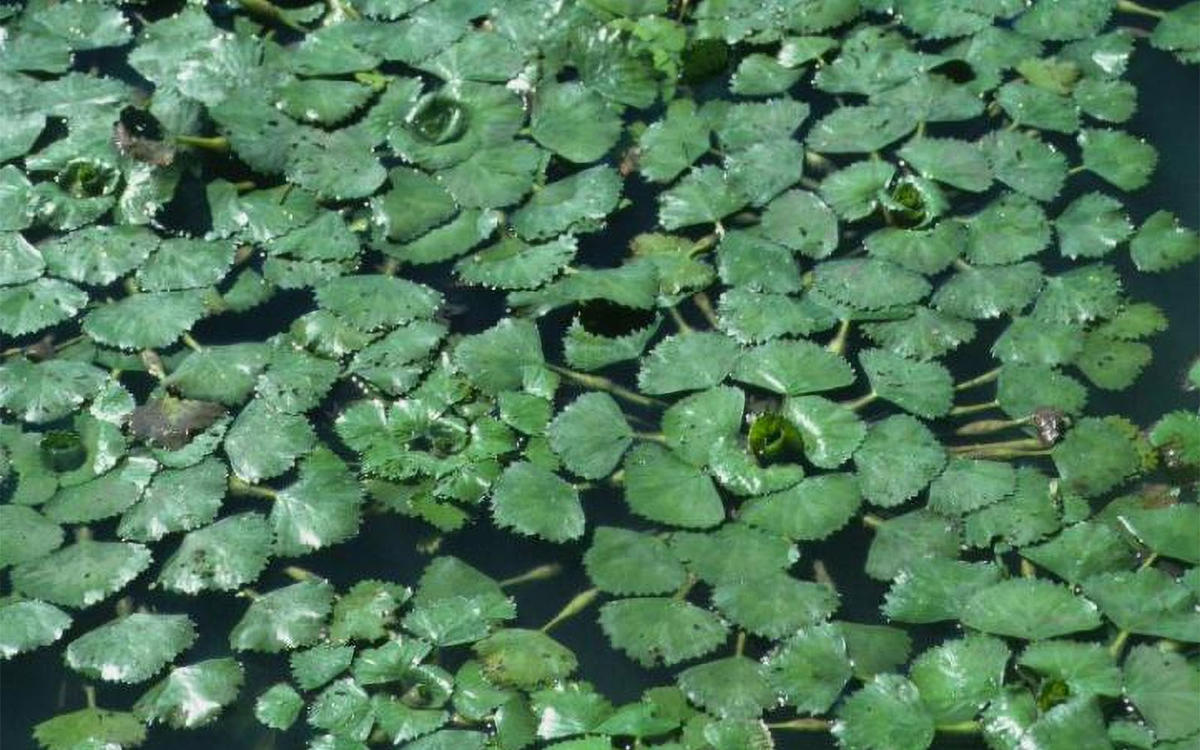

Oxygen Levels & Aquatic Plants Data
You can also explore this dataset on TUVA, an interactive graphing platform.
Background
Scientists sampled the dissolved oxygen levels in three different aquatic habitats: Trapa natans (water chestnut beds), Vallisneria americana (water celery beds), and the open river channel. All samples were taken from the freshwater tidal section of the Hudson River.
Trapa is an introduced floating plant present in the Hudson River. Vallisneria is a native submersed (underwater) plant present in the Hudson River.
Healthy aquatic habitats usually have dissolved oxygen levels at or above 80% saturation. Most fish and other organisms cannot live below 30% dissolved oxygen saturation, which is considered hypoxic. A dissolved oxygen level of 0% saturation is called anoxic, which means there is no dissolved oxygen present.
Additional Resources
Before using this dataset, you may wish to complete the associated lesson on "How Does Water Chestnut Impact the Hudson River?"
Data Sampling & Compilation
Data Source: Data were published in "Vascular Plants as Engineers of Oxygen in Aquatic Systems" by Nina Caraco, Jonathan Cole, Stuart Findlay, and Cathleen Wigand in Bioscience (2006) 56(3): 219-225.
